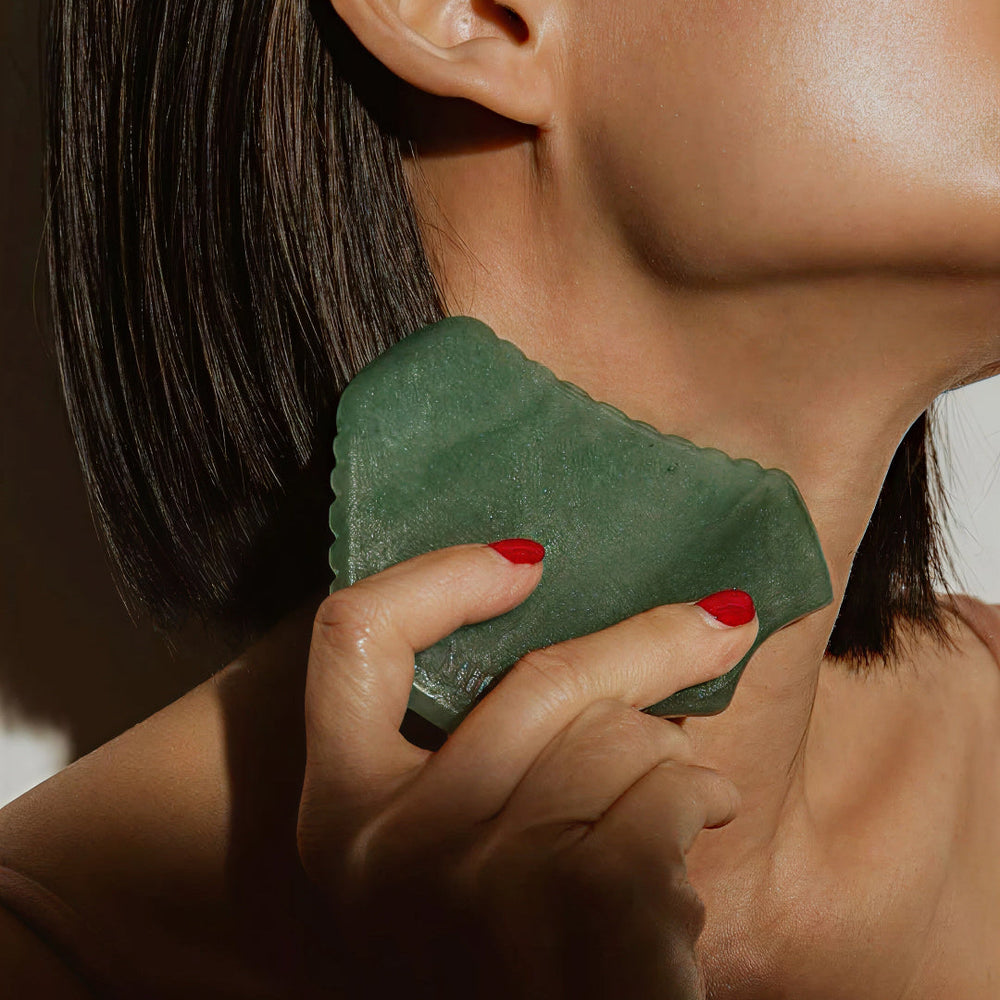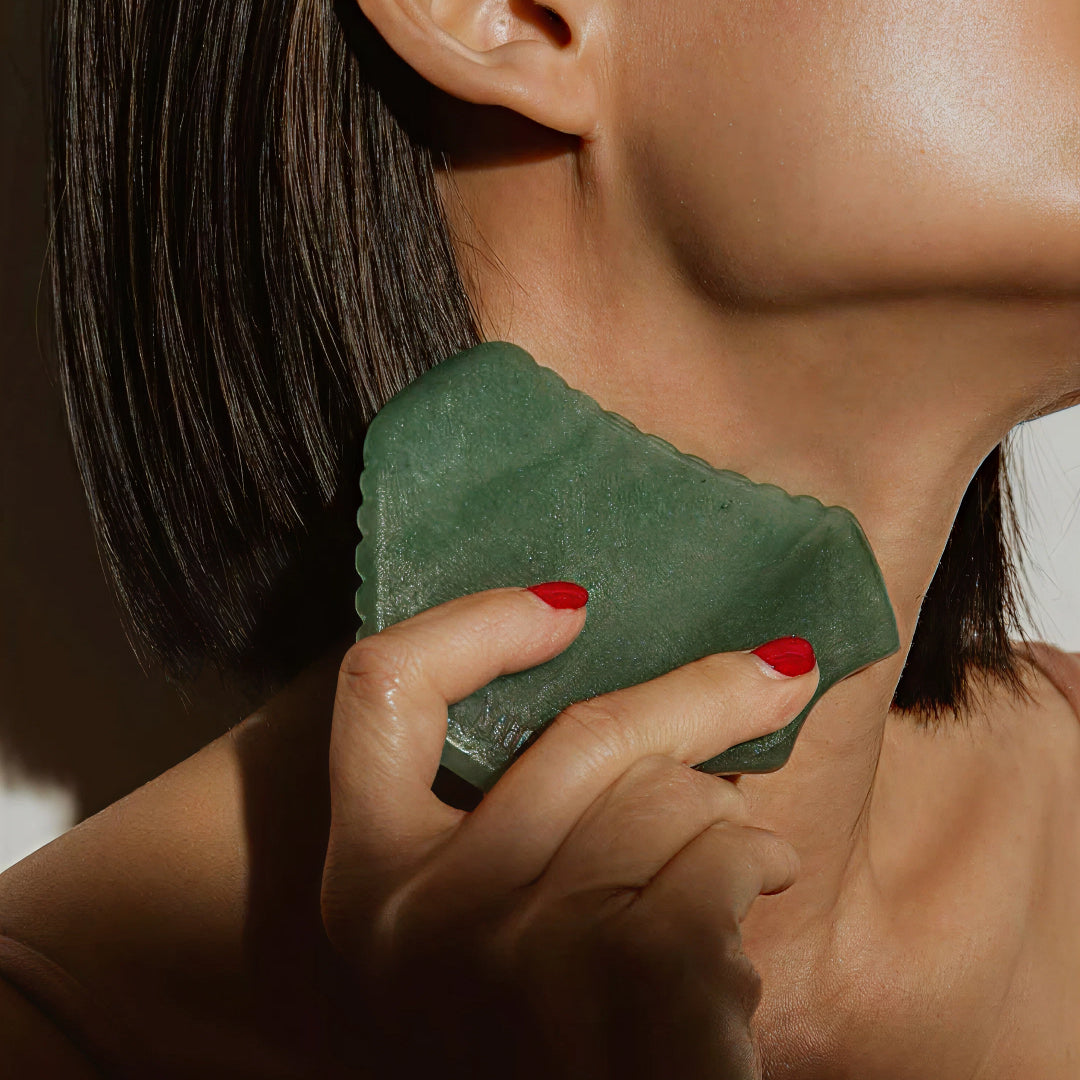You're drinking enough water. You're eating clean. You're even exercising regularly. Yet somehow, you still wake up puffy, battle brain fog by midday, and feel exhausted despite doing everything right.
The problem might not be what you're doing. It might be what's not moving.
Your lymphatic system is working 24/7 to clear cellular waste, filter toxins, and keep your immune system sharp. But unlike your heart-driven circulatory system, the lymphatic system has no pump. It relies entirely on you to keep it flowing. And when it stagnates, everything from your energy to your immunity pays the price.
1. It's your body's first detox system
Every single cell in your body produces waste. That waste doesn't go directly into your bloodstream; it gets dumped into your lymph fluid first. Think of the lymphatic system as your body's garbage collection service, with over 700 nodes acting as sorting centres throughout your network.
When this system flows smoothly, waste gets filtered, toxins get eliminated, and you feel light, clear, and energised. But when it becomes congested, that cellular garbage starts piling up in your tissues. The result is a cascade of symptoms most people never connect: persistent puffiness, stubborn inflammation, skin breakouts, histamine issues, stubborn fat, water retention, brain fog, low energy, and even digestive issues.
Most people are walking around with a sluggish lymphatic system but are looking to other areas to solve their problems. Without a healthy flowing lymphatic system our body struggles.
2. You need to move it manually
Here's the fundamental truth about your lymphatic system: it only moves when you do. There's no heart pumping lymph through your vessels. Instead, the system depends on muscle contractions, deep breathing, physical movement and gentle massage to circulate fluid and push waste toward drainage points.
This means a sedentary lifestyle isn't just bad for your fitness. It's directly causing lymphatic stagnation. The less you move, the less your body can clear toxins. In our increasingly toxic world, supporting lymph flow has become crucial for maintaining basic health.
The fix doesn't require intense workouts. Even gentle activities like walking, stretching, or light rebounding can keep your lymph moving efficiently. Consistency matters more than intensity.
3. Tension & inflammation can block the flow
Chronic muscle tension and tight fascia don't just cause discomfort; they physically restrict lymph circulation. Pay special attention to your neck, shoulders, jaw, diaphragm, and lower back. These areas contain critical lymphatic pathways that, when compressed, can affect drainage to vital organs like your liver, gut, and brain.
Inflammation in the gut can also impair lymphatic function, creating a vicious cycle. Restricted flow leads to fluid retention, morning puffiness, and that persistent brain fog that no amount of coffee seems to fix.
Gentle massages in these areas along with proper posture, stretching, and relaxation techniques help release these blockages. Nutrients like magnesium support muscle relaxation, which in turn allows lymph to flow more freely. Sometimes the simplest interventions make the biggest difference.

4. Your brain's overnight cleaning crew
While you sleep, your brain activates its own lymphatic system called the glymphatic system. During deep sleep, this system flushes out metabolic waste and neurotoxins that accumulated throughout the day. It's essentially your brain's nightly maintenance cycle.
Poor sleep quality, chronic stress, and a lack of electrolytes all impair this cleansing process. The result? You wake up foggy, irritable, and mentally sluggish, even after eight hours in bed. Your brain never got the deep cleaning it needed.
Blue light exposure disrupts natural melatonin production, making it harder to fall and stay asleep. Combine this with magnesium deficiency and inadequate nutrition, and you're essentially blocking your brain's detox pathway every single night. Prioritising restorative sleep isn't just about feeling rested; it's about giving your brain the chance to clear the clutter.
5. The gut-lymph-hormone connection
About 70% of your lymphatic tissue surrounds your intestines in what's called GALT (gut-associated lymphoid tissue). This means your gut health and lymphatic function are intimately connected. When you have leaky gut or chronic digestive issues, you're overloading your lymph system with inflammatory debris.
But the connection goes even deeper. When lymph becomes congested, your liver and endocrine glands get backed up too. This slows hormone clearance and can worsen estrogen dominance, thyroid sluggishness, and low testosterone symptoms. That stubborn hormonal imbalance you've been battling might actually be a drainage problem. Work to heal the gut while focusing on your lymph daily.

6. Simple practices that make a difference
Supporting your lymphatic system doesn't require expensive treatments or complicated protocols. What matters most is consistency with simple, effective practices:
The Dr. Perry big six stimulation points: Tap, rub, and perform gentle circular motions on your clavicles, jaw and upper neck, both armpits, stomach, groin, and back of knees. These areas contain major lymph node clusters that respond well to manual stimulation.
Rollering: Gently roll over your body with a wooden roller, especially your calves, thighs, glutes, and upper back. This channels and pushes stagnant fluid toward drainage points.
Legs-up-the-wall: Lie on your back with your legs vertically against a wall for 20 minutes. This simple inversion reverses gravity's effect on lymph flow, draining fluid from your lower body while calming your nervous system. Perfect for winding down at the end of the day.
Sauna and hot-cold therapy: Sweating directly eliminates lymphatic waste through your skin. Alternating between hot and cold water creates rhythmic contractions in your vessels, helping flush toxins through their pathways more efficiently.
Rebounding: Gentle bouncing on a mini trampoline for just 5-10 minutes is one of the most effective lymph-pumping activities available. The brief moments of zero gravity during each bounce create pressure shifts that move lymph in every direction. Alternatively just jump on the spot!
Daily walking: A simple 20-30 minute walk naturally activates lymph flow through calf and thigh contractions. It's free, accessible, and profoundly effective for maintaining long-term detox balance.

What to expect when lymph starts moving
When you first start actively supporting lymph flow, don't be alarmed if you experience temporary detox symptoms. Skin breakouts, increased bowel movements, frequent urination, and even mild lightheadedness are common. This is your body finally clearing accumulated waste.
These symptoms typically pass quickly as your system finds its new rhythm. Stay hydrated, keep moving, and trust the process.

When your lymph is flowing properly, you'll notice clearer skin, reduced puffiness, better digestion, improved mental clarity, and genuine, sustained energy. Your body already knows how to heal itself. Sometimes it just needs you to clear the pathways and let it do its work.
The best part? You don't need to overhaul your entire life. Start with one or two practices from the list above and build from there. Your lymphatic system will respond quickly, and the improvements you feel will motivate you to keep going.
Movement, hydration, and consistency. That's the formula. Your body is already designed to thrive. Give your lymphatic system the support it needs, and watch everything else fall into place.














